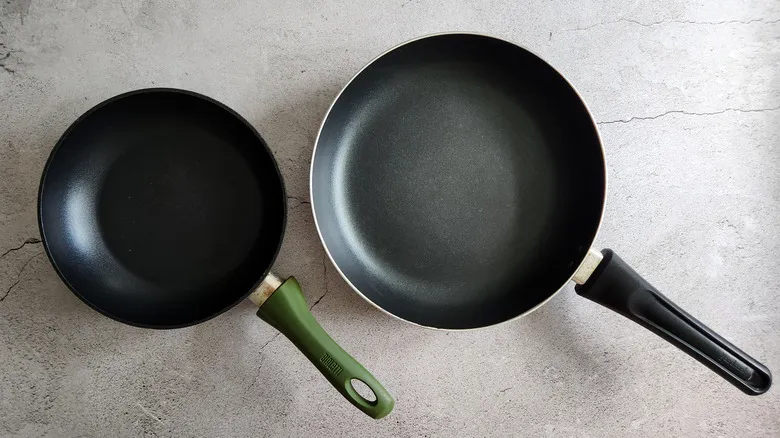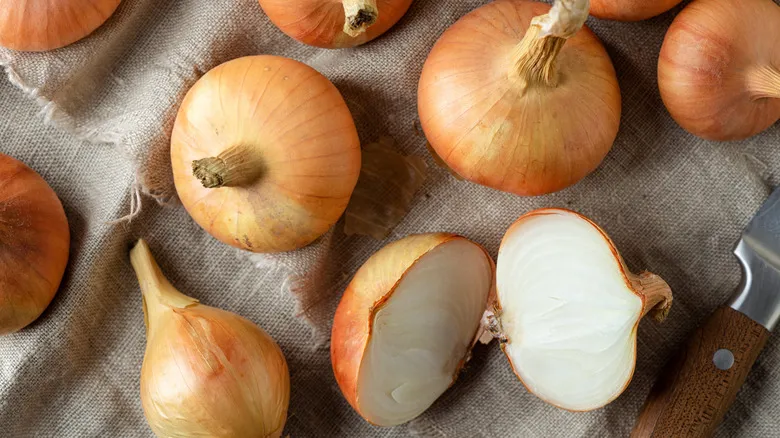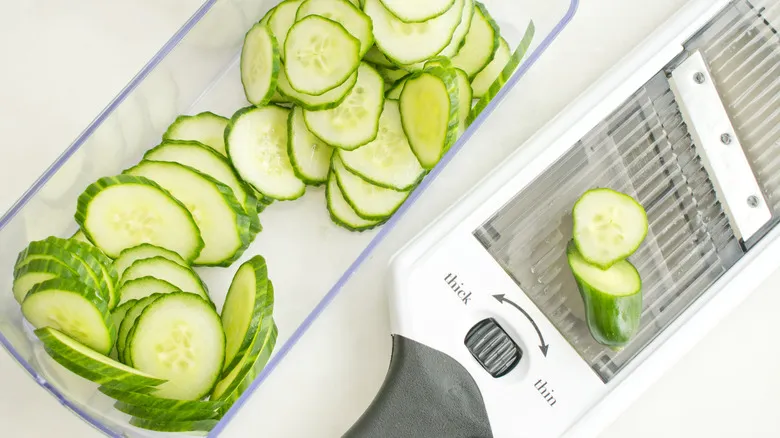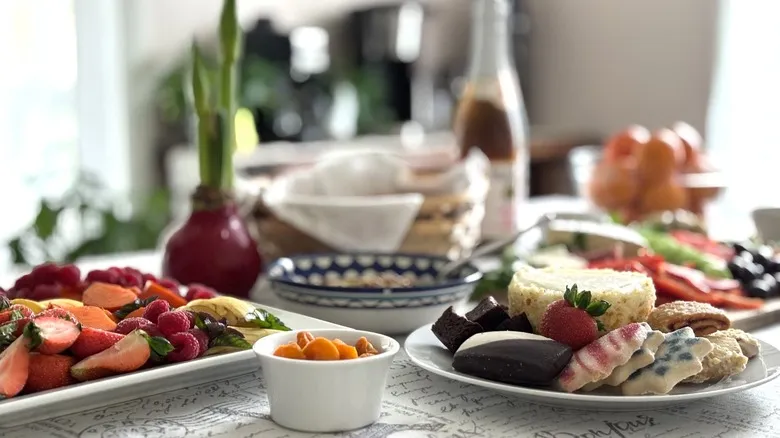Really rinse your rice

A quick rinse under the tap isn't sufficient for rice that tends to clump together. The correct method for removing some of the starch from your rice is actually more involved. For the finest basmati, Lakshmi advises that you should wash it thoroughly several times at the sink until the cloudy water draining from the rice starts to run clear (she notes that the water will have a dense, murky appearance during the initial rinses).
Lakshmi stresses that this process may take anywhere from three to seven washes. So, put on a podcast or start a playlist and turn on the water. In her TikTok tutorial, Lakshmi doesn't use a strainer or sieve; instead, she swirls the rice in a large mixing bowl filled with water, then uses the bowl's spout to carefully pour out the water while using her hand to prevent the grains from escaping with the excess liquid.
What are the benefits of bathing your basmati?

Lakshmi emphasizes that rinsing is crucial for preparing a delicious basmati dish. This slender grain is an aromatic rice, often linked to jasmine. Aromatic rices have a floral, nutty profile that can benefit from an extra soak, even after being thoroughly rinsed. The distinctive aroma we associate with aromatic rice comes from the compound 2-Acetyl-1-pyrroline. Soaking the rice in tap water for 30 minutes helps preserve this compound, enhancing its signature floral fragrance and flavor. Additionally, well-soaked grains result in shorter cooking times and softer, more evenly cooked rice.
In most cases, adding a bit of water to your rice before placing it in the pot is advisable. However, you might want to skip this step when preparing dishes like paella or risotto, which require the grains to stick together, or when using "pre-washed" or "ready-to-cook" instant rice. So, the next time you're tempted to skip rinsing, remember to take a cue from Padma Lakshmi for perfectly fluffy and flavorful rice.
Recommended

How To Clean And Care For Your Non-Stick Pan

The Foolproof Tricks You Need To Cut Onions Without Crying

Planning To Make That Viral TikTok Cucumber Salad? Please Watch Your Fingers

How To Throw An Easy No-Cook Brunch
Next up

